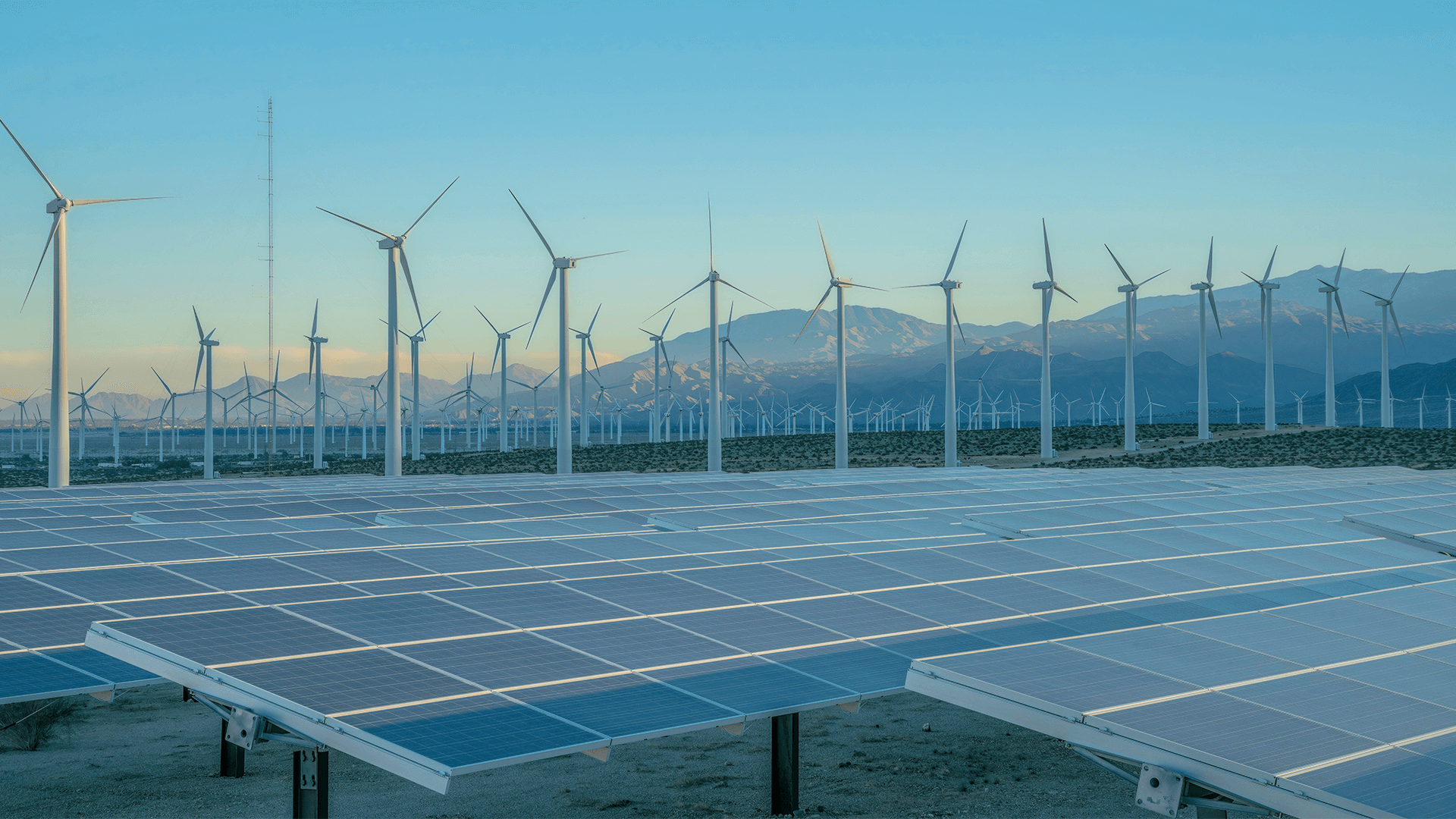
As Canada prepares for federal elections next week, a new preliminary analysis from the Center for Global Sustainability (CGS) at the University of Maryland explores how the next government could shape the future of climate policy in Canada. Using the open-source global integrated assessment model GCAM, the study models two potential emissions reduction pathways—Stay the Course and Changing Priorities—demonstrating that decisions made by the next government could have a significant impact on the trajectory of Canada’s federal climate policy.
The two leading parties—the Liberal Party of Canada, led by current Prime Minister Mark Carney, and the Conservative Party of Canada, led by Pierre Poilievre—both have emphasized the need to expand energy infrastructure. However, beyond that, their visions diverge: the Liberal Party supports growth in both conventional and clean energy sources, while the Conservative Party is focused on increasing oil and gas production. Meanwhile, growing affordability concerns have risen to become a top issue for Canadians.
“Climate policy does not appear to have been a top priority for voters during this campaign, as Canada-U.S. relations and affordability concerns have dominated the national discourse,” said Kowan O’Keefe, CGS Postdoctoral Research Associate and Canada Program lead. “But the climate decisions made by the next government will have long-lasting consequences for the environment and the Canadian economy.”
In this analysis, the Stay the Course scenario assumes the next government prioritizes implementing Canada’s current federal climate policy agenda and enacts new incentive-based policies to make up for lost potential emissions reductions from the repealed national fuel charge. In contrast, the Changing Priorities scenario models a rollback of existing climate policies and delays in implementation. Key policies at risk under the Changing Priorities scenario include the output-based pricing system, clean fuel regulations, clean electricity regulations, oil and gas methane reduction targets, zero-emission vehicle (ZEV) sales mandates, and other core federal initiatives.
The analysis determined that under the Stay The Course policy scenario, Canada's GHG emissions are projected to be 30% below 2005 levels by 2035, while the Changing Priorities scenario stagnates Canadian emissions at current levels, reaching just 10% below 2005 levels by 2035. Notably, even under the Stay the Course scenario, existing policies are projected to fall short of putting Canada on track to meet its 2030 and 2035 emissions targets.
These findings underscore the urgent need for stronger cross-party support for climate and energy policies that align with Canada’s emissions reduction commitments and the long-term goal of reaching net-zero greenhouse gas emissions by 2050.
Download the report to learn more, and stay tuned for a forthcoming CGS Canada Program report later this year that will examine additional uncertainties shaping Canada’s path toward its climate targets.



